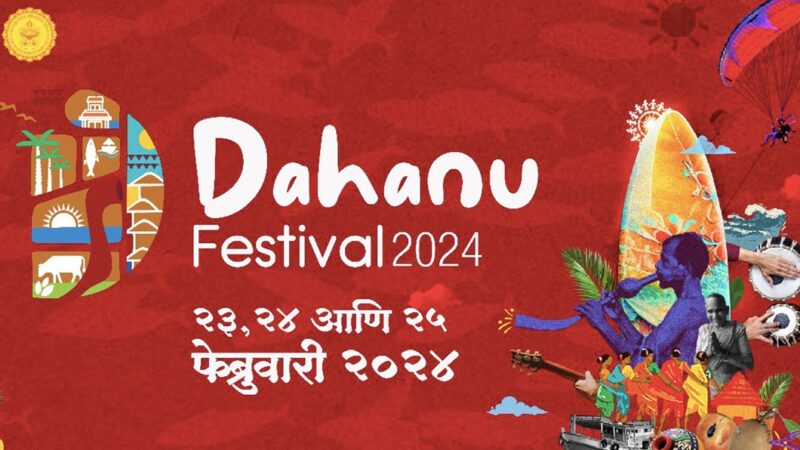From Heer Ranjha to Manish Malhotra – The Timelessness of Phulkari
The threads of the Phulkari rural craft have long been sewn together with the laughter-filled melodies of traditional folk songs. However, in this day and age, Phulkari has taken on a whole new meaning as a dynamic way to express style.
In the historically-rich state of Punjab, something beautiful and timeless still blooms – a centuries-old art form known as Phulkari. From its inception in the 15th century, this folk embroidery is an embedded part of Punjabi culture – an indelible tradition that stands the test of time. Phulkari literally translates to ‘flower work’, which typically adorns large pieces of cloth, dupattas, shawls and turbans. Nowadays, this floral, geometric and figurative art is everywhere – from garments to accessories, and even home décor – it’s like an artistic invasion.

The delicate, fine threads of Phulkari embroidery are a tribute to nature’s beauty, while also providing a window into the past and present. Stitched to perfection, the intricate designs of Phulkari embroidery are a timeless tapestry of love, luck, and prosperity – a perfect addition to any wardrobe for those passionate about traditional art. Traditionally given as a symbol of love by the groom to his bride as part of a wedding ritual, Phulkari embroidery is a must-have for anyone wanting to bring a little piece of history into their wardrobe.
“Intricate details of Phulkari – a cultural symbol of the Punjab heritage – have skillfully woven themselves into the cultural fabric of the region, making it a testament to its history. From the delicate dupattas to the spectacular saris and contemporary silhouettes, this craftsmanship can be seamlessly incorporated into any modern wardrobe. With such a rich and varied palette of colours and designs, I’m confident that Phulkari is ready to take the world by storm and be discovered on the global stage,” fashion designer Manish Malhotra was famously quoted a few years back.
India has been graced with the timeless art of Phulkari for generations of women, enabling them to showcase their uniqueness through the art. This embroidery is not only a symbol of love and optimism, but an auspicious gift for little girls and brides embarking on their new life journeys. Phulkari is much more than just embroidery – it’s a symbol of the strong bond between mothers, grandmothers, and daughters, and the unbreakable connection between two lovers. It’s even mentioned in the classic love story of Heer-Ranjha; where Heer’s garments are delicately adorned with this embroidery.
The golden-hued kaudi, the two-crossed lines of the baithak, the two-dimensional chatai of squares, diamonds and circles, and the ornate floral buti – these are more than just designs. They are symbols that tell stories of Punjabi culture and its exquisite range of colours and textures. A few years ago, Malhotra’s ‘Threads of Emotion’ captivated all with its reinterpretation of Phulkari embroidery – featuring ravishing saris, floor-length Anarkalis, and Angarakhas in an array of autumnal colours, from fiery mustard yellow to deep navy blue, a rustic earthy olive, and an intense red.
The artisanal brilliance of Malhotra has breathed fresh life into the regal charm of days gone by, creating a new era of grandiosity with Faun collections and modernized twists on the revered phulkari motifs, adorned with zari, golden and silver beads, and sequins paired with two-toned bodices for a lavish look.
The British were enamoured with India’s handicraft industry and stirred up the demand for this gem. In doing so, they sparked a radical shift in attitudes, driven by the powerful force of financial gain. In the late 1940s – with a wave of farewell from the British, the markets were suddenly flush with machine-made phulkari, and production hubs in Amritsar and Ludhiana, Punjab, sprung up to meet demand. Post-Independence, organisations jumped in to save the traditional art form and its skilled artisans. Even in an era of machine-made textiles, Phulkari’s traditional floral designs and geometrical motifs continued to delight.
“There is an increasing impetus in fashion to revive the conversation about heritage. The Philadelphia Museum of Art certainly brings a sense of gratification to see one of our crafts being recognised on a global platform,” said Manish Malhotra during Wills Lifestyle India Fashion Week in 2013. Fast forward to 2023, and it seems like nothing has shifted in the last decade.
From the dawn of time, Phulkari embroidery has been a shared language of unity that spans generations, bringing together Hindu, Muslim, and Sikh women from Punjab. It’s an art requiring both perseverance and proficiency – but a way to solidify the bond between these ladies through twelve distinct styles that pay homage to memorable moments. Phulkari may have seen an uptick in commercialisation, but the cheaper materials used in machine-made phulkari mean don’t stand the test of time like the handcrafted ones. So if you’re looking to invest in something that will last a lifetime, handmade phulkari is the way to go.
It takes several months of painstaking detail to create a single masterpiece, the result is always worth the effort. Every Sainchi Phulkari and Darshan Dwar Phulkari hailing from the villages of India has a tale to tell – from stories of two spouses who are inseparable, like the pair of peacocks, to the plumage that celebrates marital bliss. These embroideries filled with motifs of everyday life, represent the culture of our Punjab, depicting men working in their fields and women spinning their charkhas. But no phulkari can surpass the timeless symbol of love and tradition – the ‘Vari Da Bagh’ – with its intricate designs and cherished history, passed down from generation to generation.
Remarkably, these heirlooms have been handed down through generations, with each stitch of their intricate handiwork imbued by the pure, unconditional love of the makers. Though modernity has put a dent in the art of embroidery, phulkari is a glimmer of hope and opportunity to the women of rural areas, proving that beauty is timeless.



